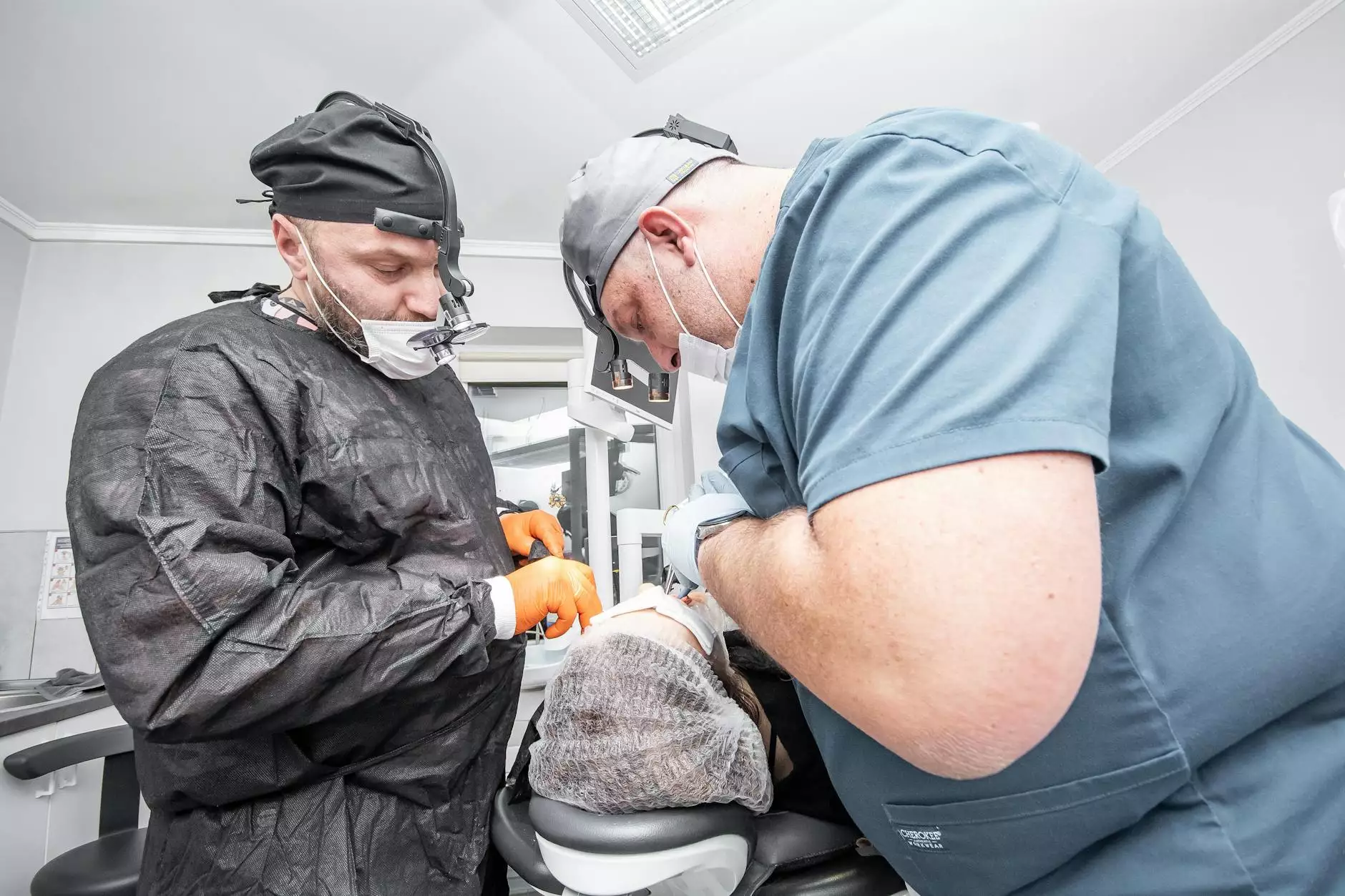Endometriosis Excision Surgery: A Path to Relief and Recovery

Endometriosis is a chronic condition affecting millions of individuals worldwide. It occurs when tissue similar to the lining inside the uterus grows outside the uterus, leading to significant pain, infertility, and a slew of other symptoms. Fortunately, advancements in medical technology and surgical procedures have led to effective solutions, one of which is endometriosis excision surgery. This article will delve deeply into the details of this procedure, its benefits, as well as what patients can expect before and after the surgery.
Understanding Endometriosis
To fully appreciate the significance of endometriosis excision surgery, it is crucial to understand endometriosis itself. The symptoms can vary widely but often include:
- Pelvic Pain: Often associated with the menstrual cycle
- Pain during Intercourse: Discomfort or pain during sexual activity
- Heavy Menstrual Bleeding: Excessive bleeding during menstrual periods
- Infertility: Difficulty in conceiving
- Other Gastrointestinal Issues: Such as diarrhea, constipation, bloating, and nausea
The impact of this condition can severely affect one’s quality of life, making it essential to seek effective treatment options. One of the most promising treatments available is endometriosis excision surgery. This operation aims to remove endometrial-like tissue growing outside the uterus efficiently.
What is Endometriosis Excision Surgery?
Endometriosis excision surgery is a surgical procedure designed to remove endometrial-like tissue implants from areas such as the ovaries, fallopian tubes, and surrounding organs. This operation is often performed laparoscopically, which means it uses small incisions and specialized instruments to minimize recovery time and scarring.
Advantages of Endometriosis Excision Surgery
The benefits of choosing endometriosis excision surgery are manifold, and they include:
- Pain Relief: Many patients experience a significant reduction in pelvic pain following surgery.
- Improved Fertility: The removal of endometrial tissue can enhance the chances of conception.
- Minimally Invasive: Laparoscopic techniques generally require less recovery time compared to traditional open surgery.
- Comprehensive Care: Surgeons can often evaluate and treat related conditions during the same procedure.
Is Excision Surgery Right for You?
Determining whether endometriosis excision surgery is the appropriate course of action involves several considerations:
- Severity of Symptoms: For those with severe symptoms that haven’t responded to other treatments, surgery may be the next best step.
- Fertility Goals: Women who wish to conceive may benefit from this procedure.
- Type of Endometriosis: The specific characteristics of your endometriosis can influence the decision.
Ultimately, a thorough consultation with a qualified specialist, such as those at DrSeckin.com, can provide clarity on whether excision surgery is the right path for you.
The Procedure: What to Expect
Pre-Surgery Preparations
Before undergoing endometriosis excision surgery, patients typically undergo several preparatory steps:
- Initial Consultation: An in-depth discussion with your doctor regarding your symptoms and medical history.
- Diagnostic Imaging: Tests such as ultrasounds or MRIs to assess the extent of endometriosis.
- Preoperative Instructions: Guidance regarding fasting, medication management, and any lifestyle adjustments prior to surgery.
The Surgical Procedure
During the surgery, patients are placed under anesthesia. The surgeon makes small incisions in the abdomen to insert a laparoscope and other instruments necessary for removing endometrial tissue. The duration of the surgery can vary, but most procedures are completed within 1-2 hours.
Post-Surgery Recovery
Following endometriosis excision surgery, patients can typically expect the following:
- Immediate Recovery: Patients may experience some pain, which can be managed with prescribed medications.
- Follow-up Appointments: Regular follow-up visits to monitor recovery and address any concerns.
- Gradual Return to Activities: Most individuals can return to normal activities within a few weeks, though exercise and strenuous activities may need to be postponed.
Living Post-Surgery: The Road to Recovery
Post-surgery, care does not end. Patients should actively engage in their recovery journey:
- Adhere to Guidelines: Following the surgeon's directions regarding activity levels, wound care, and medication.
- Be Attentive to Symptoms: Watch for any unusual signs or symptoms and communicate with healthcare providers immediately.
- Engage in Support Networks: Connecting with support groups or therapy can be beneficial for emotional health.
Conclusion: A Brighter Future with Excision Surgery
Endometriosis excision surgery represents a beacon of hope for many individuals suffering from debilitating endometriosis. With appropriate medical guidance and support, patients can find significant relief from their symptoms, enhancing their quality of life and, for many, paving the way to successful pregnancies.
Those considering this surgery are encouraged to consult with a specialist to discuss their options thoroughly. For expert care, visit DrSeckin.com, where you can find dedicated professionals committed to providing comprehensive care tailored to each patient's unique needs.









